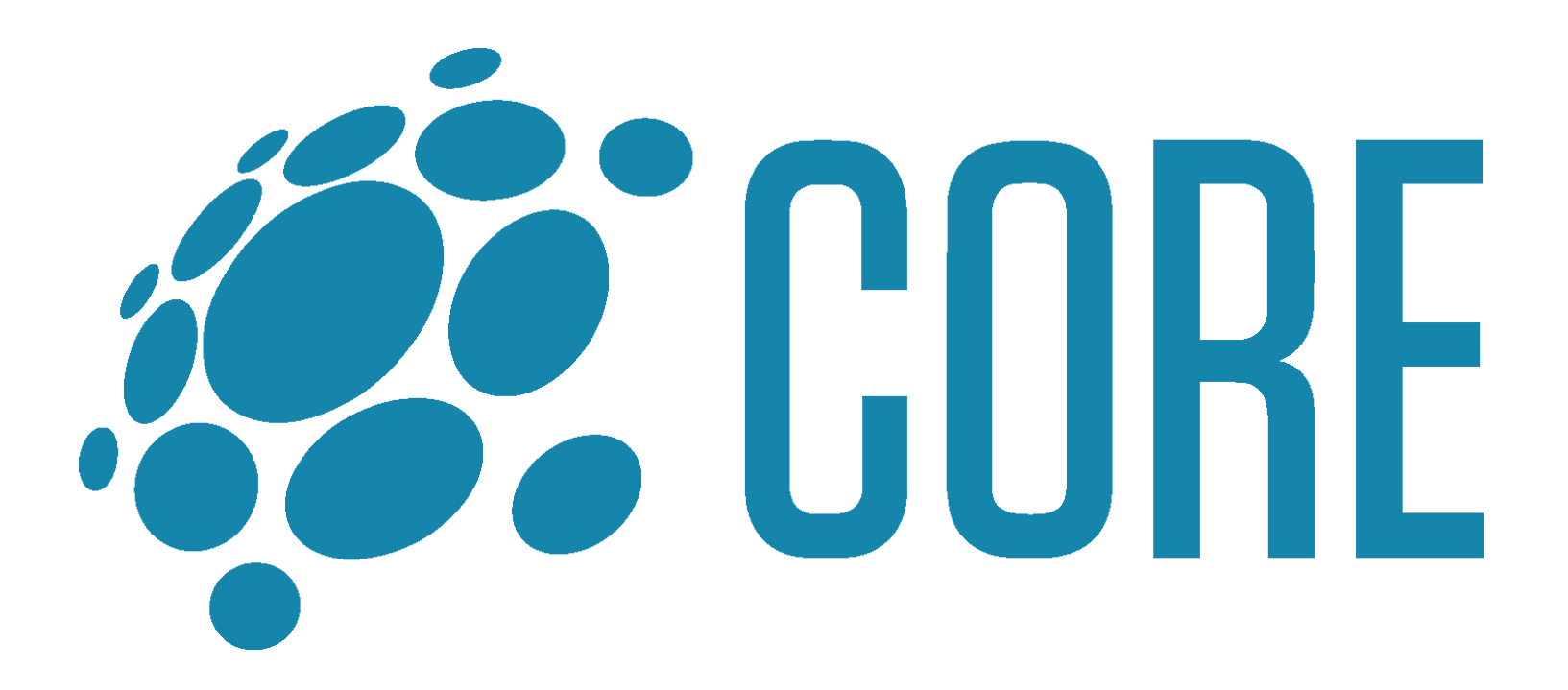Alterity Therapeutics Announces Topline Data From ATH434-202 Open-Label Phase 2 Clinical Trial In Individuals With Multiple System Atrophy
Author: Benzinga Newsdesk | July 28, 2025 06:27am
– ATH434 Demonstrated Clinical Benefit on the Unified MSA Rating Scale and Global Measures of Neurological Symptoms –
– Neuroimaging Biomarkers Showed Target Engagement and Slowed Brain Atrophy –
– ATH434 was Well-Tolerated with Favorable Safety Profile –
– Data are Consistent with Phase 2 Double-Blind Trial and Support Advancement of ATH434 in MSA –
MELBOURNE, Australia and SAN FRANCISCO, July 28, 2025 (GLOBE NEWSWIRE) -- Alterity Therapeutics ((ASX: ATH, NASDAQ:ATHE) ("Alterity" or "the Company"), a biotechnology company dedicated to developing disease modifying treatments for neurodegenerative diseases, today announced positive topline data from the ATH434-202 open-label Phase 2 clinical trial in individuals with multiple system atrophy (MSA). The ATH434-202 trial evaluated a patient population with more advanced disease than was studied in Alterity's double-blind Phase 2 trial ATH434-201. ATH434 has been shown preclinically to reduce α-synuclein pathology and preserve neuronal function by redistributing iron in the central nervous system.
The topline data showed that ATH434 conferred a clinical benefit on areas of impairment in MSA and stabilized key biomarkers that underpin the pathology of the disease.
The results from the ATH434-202 trial indicate that ATH434 demonstrated a clinical benefit on the Modified Unified MSA Rating Scale Part I (UMSARS I)1, as well as stabilization of overall neurological symptoms. Over the 12-month treatment period, disease progression as assessed with UMSARS I was reduced by approximately half as compared to historical controls2. In addition, 30% of participants reported stable neurological symptoms over the course of the study. These outcomes are potentially promising as stabilization of MSA symptoms is unexpected in this patient population. On the important symptom of orthostatic hypotension3, ATH434 on average stabilized low blood pressure symptoms in study participants. Importantly, the aggregate data indicate that ATH434 has similar clinical efficacy in this advanced MSA population as was observed in the earlier stage patients in Study ATH434-201.
Biomarker endpoints were used to evaluate potential drug effect and target engagement. Neuroimaging outcomes indicate that ATH434 slowed brain atrophy in MSA affected areas, as measured by the MSA Atrophy Index (MSA-AI)4, when compared to placebo-treated participants in Study 201. Moreover, the effects on brain volume were comparable to those observed in participants in the 75 mg dose group in Study 201. In addition, ATH434 led to lower iron accumulation in the putamen and globus pallidus as compared to placebo treated patients in Study 201, providing further evidence of target engagement.
"I am very encouraged by the positive results from the ATH434-202 trial, as they reinforce the robust efficacy we observed in our double-blind study," said David Stamler, M.D., Chief Executive Officer of Alterity. "The data from our Phase 2 studies are consistent and strongly support advancing our ATH434 program in MSA. With the favorable clinical and biomarker outcomes we have seen, we continue to believe that ATH434 has the potential to slow the progression of this devastating disease. We are committed to bringing this new therapy to patients as soon as possible."
Daniel Claassen, M.D., M.S., Professor of Neurology at Vanderbilt University Medical Center and principal investigator for the ATH434-202 Phase 2 study, commented, "These results are very helpful in establishing the clinical response to therapy. The consistent changes in UMSARS, along with quantitative measures in imaging, support the findings we noted in Study 201. Currently, there are no disease modifying medications for the treatment of MSA, and these data encourage the continued development of ATH434 to treat this disease. We are indebted to the study participants and their families who contributed to this study."
ATH434-202 Topline Data Summary
The ATH434-202 Phase 2 clinical trial was an open label study in advanced MSA. Ten (10) participants were enrolled in the trial and were diagnosed with MSA using a multimodal approach (clinical, neuroimaging, fluid biomarkers). Participants were treated with oral ATH434 75 mg twice daily for 12 months. The study assessed the safety and efficacy of ATH434 treatment on clinical and biomarker endpoints. The pre-specified key clinical endpoints included the modified UMSARS I, the clinical global impression of change, and the patient global impression of change. Enrolled participants were more advanced than those in the double blind ATH434-201 Phase 2 trial based on baseline variables including duration of motor symptoms, UMSARS I score, frequency of severe orthostatic hypotension, and plasma NFL levels.
Based on the observed clinical and neuroimaging data, ATH434 improved overall neurological symptoms and slowed disease progression compared to historical data.
Clinical Endpoints at 12 months
Modified Unified MSA Rating Scale Part I (UMSARS I)
- The mean (SD) UMSARS scores increased from baseline to 12 months by 3.5 (4.7) points. These study data compare favorably to historical data in a similar MSA population, where an increase (worsening) of 6.5 (6.0) points over 12 months was observed2.
- 43% (3/7) of participants who completed the study had stable UMSARS scores.
Global Impression of Change
- 30% (3/10) of participants stabilized or improved on the Clinical Global Impression of Change (CGIC)5 scale, which asks the investigator to evaluate overall neurological symptoms as compared to immediately before starting therapy.
- 30% (3/10) of participants also stabilized or improved on the Patient Global Impression of Change (PGIC)6 scale, which asks the patient to evaluate their overall neurological symptoms as compared to immediately before starting therapy.
Orthostatic Hypotension Symptom Assessment (OHSA)
- The OHSA is a patient reported outcome that evaluates 6 symptoms of low blood pressure associated with moving from a sitting to a standing position.
- On average, symptoms were stable over the 12-month treatment period.
Biomarker Endpoints at 12 months
Brain volume
The key biomarker endpoint was defined as the change in brain volume from baseline to 12-months, as measured by the MSA Atrophy Index (MSA-AI), which compares brain volume change in MSA affected regions to age matched controls using a composite z-score:
- Brain volume decreased on average, with a mean (SD) z-score of -0.44 (0.138), consistent with that seen in the 75 mg treatment group of Study 201.
- ATH434 slowed atrophy in MSA affected brain regions compared favorably to placebo-treated subjects in Study 201.
Brain iron
A secondary biomarker endpoint was change in iron content in MSA affected areas (substantia nigra, putamen, globus pallidus) from baseline to 12-months, as measured by MRI (quantitative susceptibility mapping):
- Reduced iron accumulation in the globus pallidus and putamen, as compared to placebo in Study 201, provide evidence of target engagement and support the clinical efficacy of ATH434.
- The pattern of iron accumulation in the substantia nigra over 12 months was comparable to that observed in the 75 mg dose group in Study 201.
Neurofilament Light Chain (NfL) is a marker of axonal injury in neurons and is elevated in individuals with MSA. On average, plasma and CSF NFL levels were stable over the 12-month treatment period.
Safety Results
The safety population (n=10) includes all enrolled participants who received at least one dose of study drug.
- No serious adverse events (SAEs) related to ATH434 were reported.
- ATH434 was well-tolerated and most adverse events were mild to moderate in severity.
- There were 3 discontinuations from the study. Two participants discontinued due to progression of MSA and one discontinued for an AE that was not related to treatment.
- There was no evidence of adverse effects on hemoglobin or iron parameters
Additional information on the open label Phase 2 trial can be found at clinicaltrials.gov NCT05864365.
Posted In: ATHE




